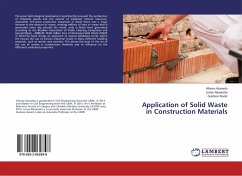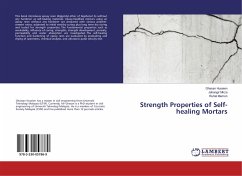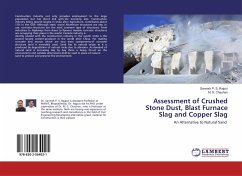The use of ground granulated blast furnace slag (ggbfs) as a replacement material instead of cement has many advantages from environmental and economic viewpoints. Ggbfs improves the mechanical properties, but it is a material with latent potential whereas mortars and concretes incorporating ggbfs have lower early strength compared to cement mortars and concretes. This is a major loss and in order to overcome, it needs to be activated. Prior to activation, the optimum level of cement replaced with slag was determined within the range of 40-50% and subsequently an optimum level of 50% was adopted for all the test mixes. Following this, seven methods of activation were used as chemical, thermal, mechanical, chemical-thermal, chemical-mechanical, thermal-mechanical and chemical-thermal-mechanical. The most effective method thermal-mechanical gave the strength levels 3 and 7 days as 62 and 68 MPa. It was proven that some of the activation methods do not have significant effects on strength improvement. By using the mechanical activation method, strength of 80 MPa at 28 days was obtained with use of only 250 kg of cement per one meter cube of mortar.








